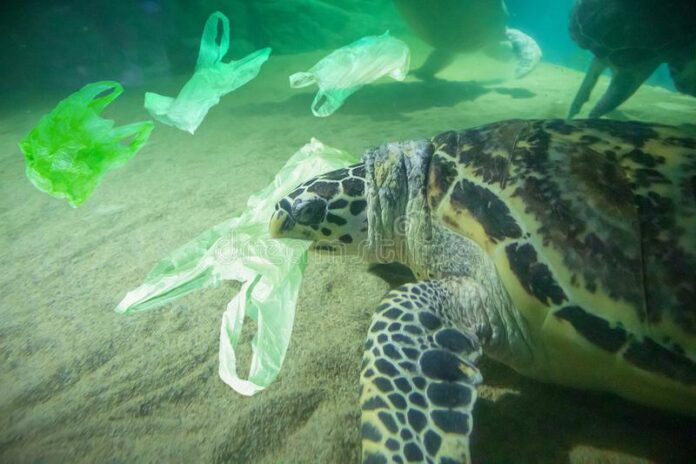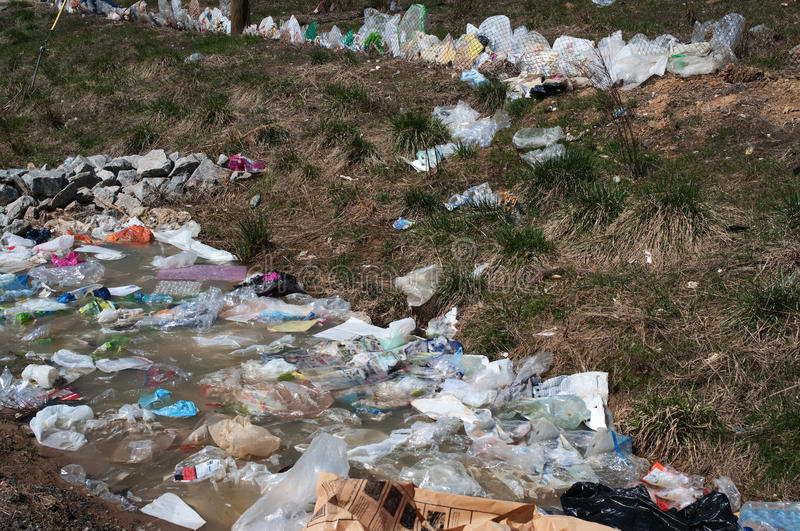
Lithuania continues to rank first in the European Union in terms of per capita consumption of lightweight transparent plastic bags, according to the latest Eurostat data. In 2020, Lithuanians used on average 294 lightweight plastic bags per capita, compared to the EU average of 87.
In 2019, the number was 323, when Lithuania was also first in the EU. In 2018 it was 332, while only Latvia had a higher per capita consumption of lightweight plastic bags.
According to Gabija Ramšaitė, chief specialist at the Waste Policy Group of the Environment Ministry, the decrease in consumption can be attributed to the ban on the free distribution of (15-50 micron) plastic shopping bags which came into force in 2019.
“Often people do not realise that very lightweight shopping bags are only necessary for hygiene purposes, for example, when buying loose meat or fish, but are not necessary for, say, ice cream. Over-consumption is also due to the absence of stronger regulation,” she noted.
Eglė Lastauskienė, a professor at Vilnius University’s Institute of Biosciences, told BNS that high consumption of plastic products poses a risk to humans. “The risk is high. There are more and more scientific papers on how microplastics are detected in all organs of living organisms. In the past, only lungs and intestines were affected, but now it appears that [microplastics] can accumulate in the liver and can be also found in the kidneys,” she said. “More research has been done in this area with lab animals, but we are probably not very different from animals and microplastics can be present in our organs as well,” said Lastauskienė. Specific risks to the health of humans are still being researched.

Very lightweight disposable shopping bags often become litter. Although they are made of recyclable material, they are almost impossible to collect in one place and are often contaminated and therefore not recyclable. The Lithuanian parliament is currently considering a law that would ban supermarkets from distributing light plastic bags for free. Experts say that more effective education would help reduce plastic consumption as well.
Data on plastic bag use in Canada does not differentiate on the basis of plastic weight. As of December 2023, the Canadian government will no longer allow the sale of plastic bags and takeout containers as part of a move towards a full ban on certain single-use plastics in Canada. The sale of plastic cutlery and stir sticks will also be prohibited at that time. Plastic flexible straws are also included, although there will be exceptions for people with disabilities.
Companies will have to stop making and importing bags, food containers, cutlery, stir sticks, and straws by December of 2022. Plastic six-pack rings are also being targeted, but their sale won’t be banned until June 2024, to account for retooling manufacturing lines. The plan is the same for flexible straws packaged with drink containers, such as juice boxes.
Canada’s Liberal government has set 2030 as the target date for halting the flow of plastic waste that ends up in landfills or as litter on beaches, in rivers, wetlands and forests.
Federal data show that in 2019, 15.5 billion plastic grocery bags, 4.5 billion pieces of plastic cutlery, three billion stir sticks, 5.8 billion straws, 183 million six-pack rings and 805 million takeout containers were sold in Canada. A 2019 Deloitte study found less than one-tenth of the plastic waste Canadians produce is recycled. That means that 3.3 million tonnes of plastic were being thrown out annually, almost half of it – plastic packaging.





























